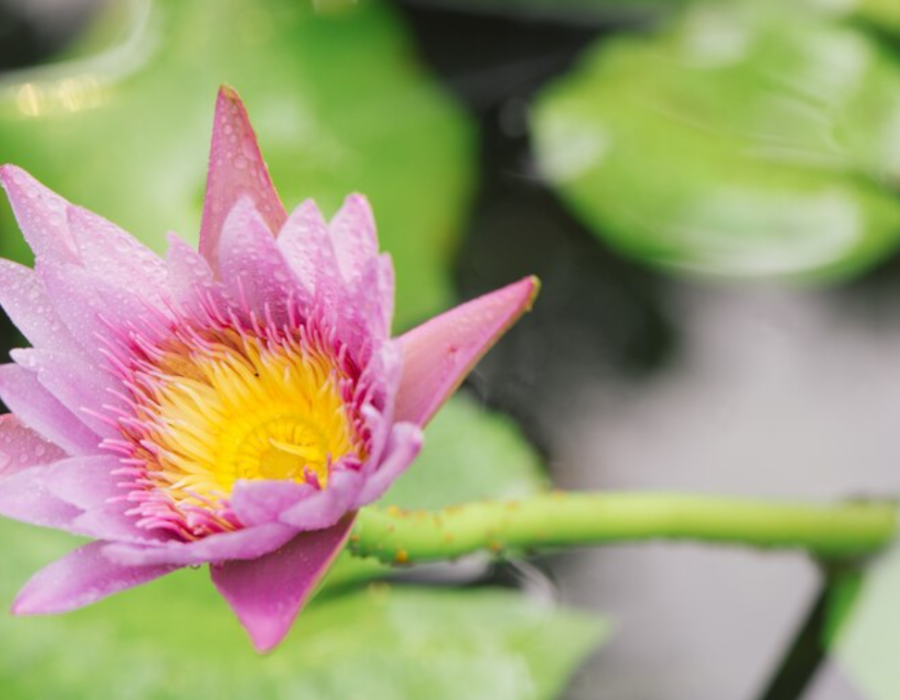Considered a deep-water plant, even the smallest of its kind requires at least 15 cm of water above the rhizome. If we speak generally, water lilies come in two kinds: the hardy and the tropical.
The tropical types are one of the most distinct flower species of them all, as the flowers are up to 12 inches across, and there are multiple blooms which open at the same time. One of the biggest tells of a tropical water lily is its leaves.
On the other hand, the hardy ones grow from underground swollen stems known as rhizomes. Their step stands up from the bottom to the water level, where there will be a lily pad. They are often referred to as a submerged lily flower. In this blog, we will take a look at some of the well-known water lilies.
Nymphaea Capensis
It is also referred to as the Cape Blue Water Lily. This is known to be the perfect flower for those who are not a massive fan of pink. The flower comes with petals that range in colour from deep purple to light indigo and a purple or yellow centre. One of the distinct differences of this flower is that it is not round, which is very common among the water lily species. It has thin and pointed petals.
It certainly looks elegant and fragile, but in no way is it as tranquil as the others. Another great thing regarding the water lily species is that it may survive over longer periods of time without water and is incredibly resilient in hotter climates.
Mayla water lily
This plant falls under the category of hardy lilies. The fragrant pink water lily hybrid was created back in 1993. It is quite famous for its massive, star-shaped flowers that consist of 40 petals that can be 5 to 6 inches in size and come with a strong fragrance.
The flowers have the hue of fuchsia pink with orange stamens and bloom from June to all the way September. It has green leaves, with new ones being deep red, and may even spread up to 6 to 8 feet when mature.
Egyptian water lily
This kind of water lily is one of many names by which it is acknowledged. This and the lotus might seem like they have similarities at first glance, but they are surprisingly never related to each other. The most notable difference is that they bloom on a stem right above the water, and the lilies just glide on water on a stem that is not visible.
Wrapping Up
So, there you have it. From Mayla water lily to Nymphaea capensis, there are many breathtaking beauties out there that can be just perfect for your terrace pond.
Source URL: https://www.ganjingworld.com/news/1h13tqukf0r3K75UPne0nDqx51ud1c






Comments